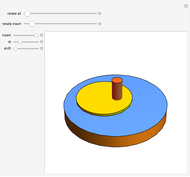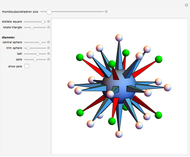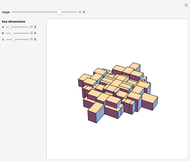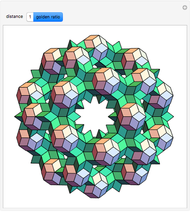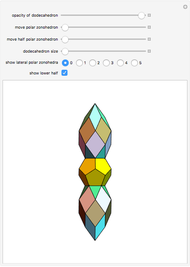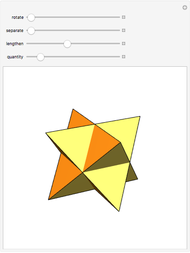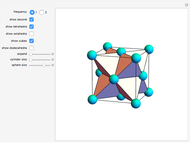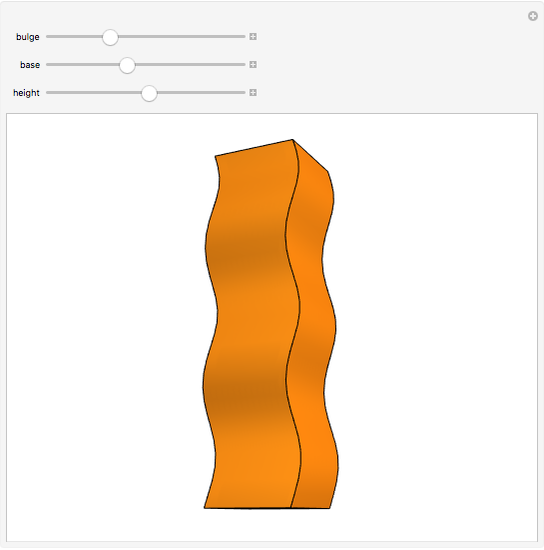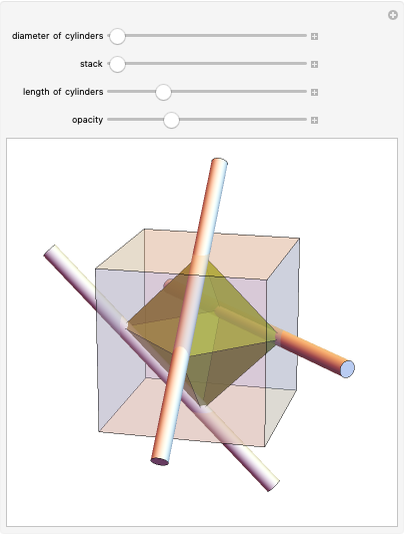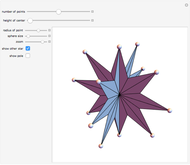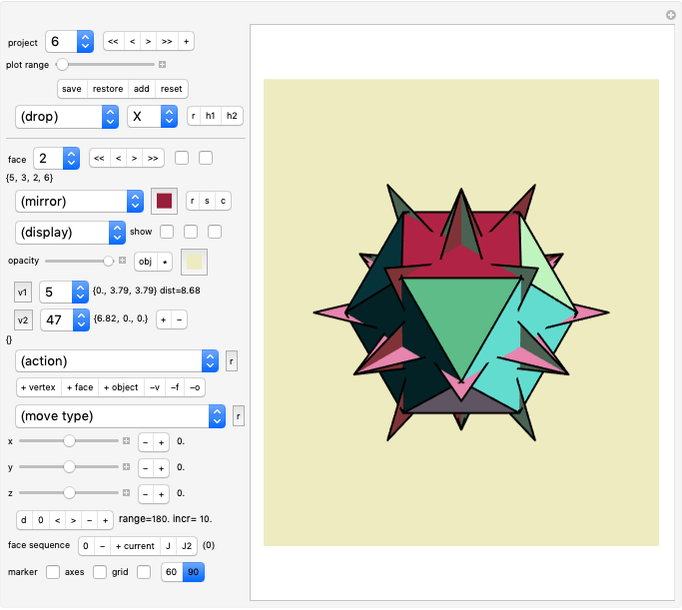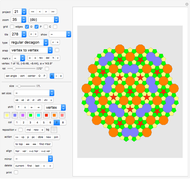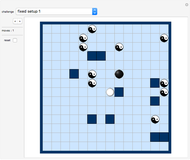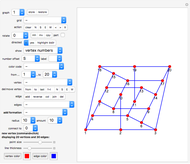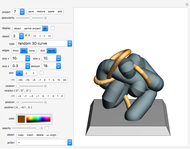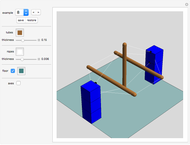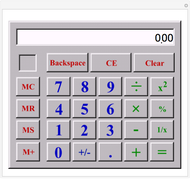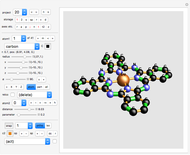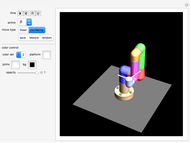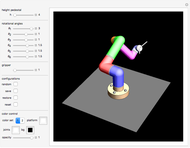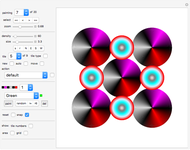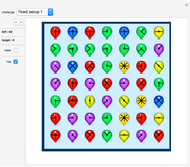Tensegrity

Requires a Wolfram Notebook System
Interact on desktop, mobile and cloud with the free Wolfram Player or other Wolfram Language products.
The term "tensegrity" was coined by Buckminster Fuller in the 1960s as a portmanteau of "tensional integrity".
[more]
Contributed by: Karl Scherer (June 2017)
Open content licensed under CC BY-NC-SA
Snapshots
Details
Introduction
Neither the sticks nor the ropes can change positions. You can lift up the construct from any stick end without it changing shape.
Build some yourself, and you will get a feeling for it.
Controls
Click the "example" popup menu or use the "" buttons to select an example.
The next controls are straightforward: you can select the colors and thicknesses of the sticks and ropes, and you can choose to show a floor (square area) and its color.
Reference
[1] Wikipedia. "Tensegrity." (Jun 20, 2017) en.wikipedia.org/wiki/Tensegrity.
Permanent Citation
"Tensegrity"
http://demonstrations.wolfram.com/Tensegrity/
Wolfram Demonstrations Project
Published: June 21 2017






